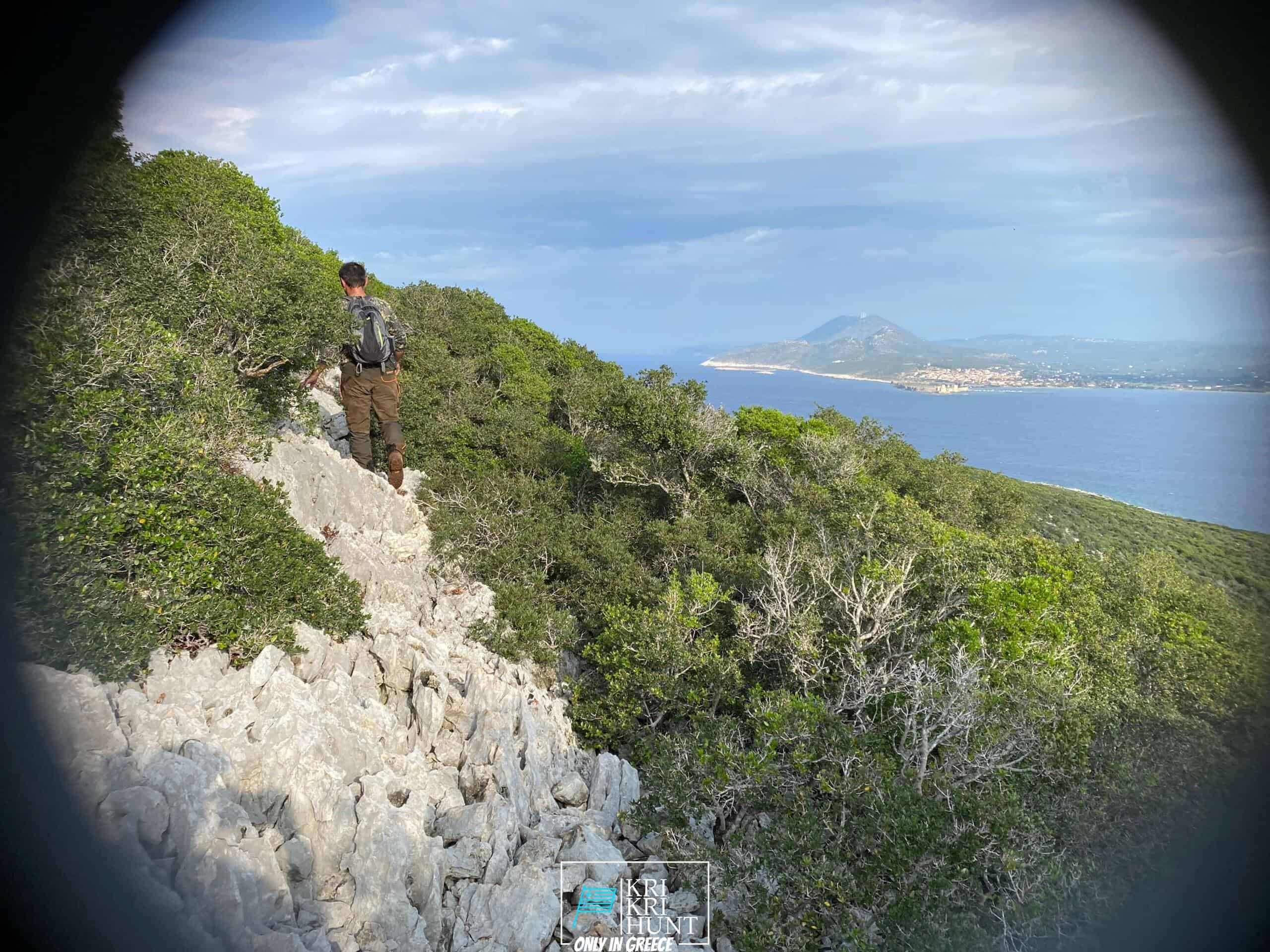The excitement of the Kri Kri ibex quest, a possibility to be one with nature on an unique Greek island
The excitement of the Kri Kri ibex quest, a possibility to be one with nature on an unique Greek island
Blog Article

The Kri Kri ibex search in Greece is an unbelievable hunting holiday as well as an exciting hunting exploration all rolled right into one. Searching for Kri Kri ibex is a miserable experience for most of hunters, however except me! It's an unbelievable hunt for a lovely Kri Kri ibex on an unique island as we visit ancient Greece, dive to shipwrecks, and also quest throughout 5 days. What else would you such as?

Searching kri kri ibex in Greece is a difficult undertaking for both local and abroad seekers. Hunting huge game in Greece is restricted for overseas seekers. Swine and roe deer are the only choices for neighborhood seekers apart from kri kri ibex, which might just be hunted in special hunting territories such as specific islands. In Athens, we provide the chance to hunt this amazing monster on two different islands that are around 150 kilometers away as well as 300 kilometers away, respectively. The Kri Kri Ibex and mouflon might just be shot on unique hunting areas from very early in the early morning until noon, according to Greek regulation. You have to reserve a year ahead of time for a permit. Just shotguns are allowed, as well as only slugs may be made use of. Due to the fact that the Greek Ministry of Nature as well as Agriculture issues just a certain number of licenses each year, significant hunters are allowed on these journeys.
Our outdoor searching, angling, and complimentary diving trips are the excellent way to see everything that Peloponnese has to supply. These tours are designed for tourists who want to leave the beaten path and truly experience all that this amazing area needs to offer. You'll get to go hunting in a few of the most stunning wilderness areas in Greece, fish in crystal-clear waters for a range of various varieties, and totally free dive in a few of the most sensational coast in the Mediterranean. And most importantly, our experienced guides will be there with you every step of the method to see to it that you have a satisfying and also safe experience.
If you're looking for a genuine Greek experience, after that look no more than our outside searching in Greece with fishing, and cost-free diving tours of Peloponnese. This is an extraordinary means to see every little thing that this fantastic region has to use. Reserve your excursion today!
What is the diference between Kri Kri ibex, Bezoar ibex and hybrid ibex
The kri-kri is not thought to be indigenous to Crete, most likely having been imported to the island during the time of the Minoan civilization. Nevertheless, it is found nowhere else and is therefore endemic to Crete. It was common throughout the Aegean but the peaks of the 8,000 ft (2,400 m) White Mountains of Western Crete are their last strongholds–particularly a series of almost vertical 3,000 ft (900 m) cliffs called ‘the Untrodden’—at the head of the Samaria Gorge. This mountain range, which hosts another 14 endemic animal species, is protected as a UNESCO Biosphere Reserve. In total, their range extends to the White Mountains, the Samaria National Forest and the islets of Dia, Thodorou, and Agii Pandes.
This Ibex is NOT a diminutive form of the Bezoar Ibex, which has migrated into the western-most reach of the range of this species. The kri – kri (Capra aegagrus cretica), sometimes called the Cretan goat, Agrimi, or Cretan Ibex, is a feral goat inhabiting the Eastern Mediterranean, previously considered a subspecies of wild goat. The kri-kri has a light brownish coat with a darker band around its neck. It has two horns that sweep back from the head. In the wild they are shy and avoid tourists, resting during the day. The animal can leap some distance or climb seemingly sheer cliffs.
“The agrimi goat Capra aegagrus cretica is unique to Crete and its offshore islands. It has been identi®ed as a sub-species of the wild bezoar goat Capra aegagrus aegagrus Erxleben, 1777, which it closely resembles in horn shape, body form and coloration. This classi®cation has been disputed by some researchers who claim that the agrimi are feral goats, derived from early domestic stock brought to the island by the ®rst Neolithic settlers. In order to clarify this issue, DNA analyses (cytochrome b and D loop sequences) were carried out on tissue of live and skeletonized agrimi and compared to sequences of wild and domestic caprines. Results conclusively show the agrimi to be a feral animal, that clades with domestic goats (Capra hircus) rather than with wild Asiatic bezoar. This study demonstrates that morphometric criteria do not necessarily re¯ect genetic af®nities, and that the taxonomic classi®cation of agrimi should be revised.”
Report this page